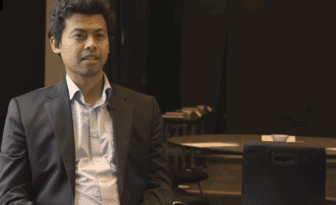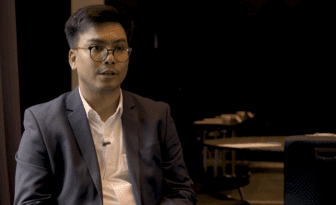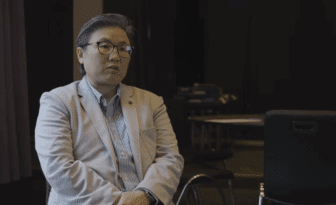At the start of 2015, it became readily apparent that Afghanistan will undergo significant transformations in the coming years. The United States referred to the year 2014 as a “transition” point for Afghanistan, as the International Security Assistance Force’s (ISAF) drawdown of forces shifted more of the security and economic responsibility to the Afghan government. International partners spent significant time and energy helping to shore up Afghanistan’s economy, making it less aid-dependent and more self-sufficient. It is abundantly clear that this year of transition was never a date of finality, as is sometimes perceived by both Afghans and the international community alike. In reality, 2014 was just the beginning of several important transformations that will continue to require the attention of international actors in the years to come.
One such transformation is an inevitable change of generation, as young technocratic leaders begin moving into positions of leadership. Another will be a transformation of international political and economic position, as neighboring nations like India, Iran, and China begin significant economic investment that will reduce reliance on Western aid. There will be political, governance, and electoral changes following the power sharing agreement after the 2014 presidential elections and continuing with the planned 2016 loya jirga. Given the scope and potential impact of the coming transformations, the Hollings Center for International Dialogue and the American Institute of Afghanistan Studies (AIAS) convened a dialogue from 6-9 August 2015 to look at these issues and more. Notable conclusions by the participants included:
- New competing dynamics such as urban vs. rural, shifts in generational strength, and the rebalancing of power between emerging urban centers and Kabul are adding new complexities to Afghan society.These forces are altering the very concept of an “Afghan” identity, pushing the traditional limits and fault lines of ethnic identity.
- Optimism about the economy has failed to materialize, but the potential of economic improvement remains. The international community can have the greatest impact by unlocking that potential. The US, China, Iran, Pakistan, and India can play the largest role in investment and development.
- Afghanistan needs to develop its own foreign policy vision, which will require tough decisions by the Afghan government on international alignment, and support from the international community on regional cooperation agreements.
- While very little has changed in five years on security, governance and elections, there have been a few positive developments that should be seized upon. The first peaceful transition of power in Afghanistan is an important step, but far from a conclusion. Recent gains by the Taliban in places like Kunduz reflect a tenuous political and security reality.
- An unstable Afghanistan will remain a security threat to the United States and the international community and a stable Afghanistan is the key to security in the broader region. It is still premature to divest from Afghanistan’s security, economy, and civil society.
This dialogue followed up on several previous successful Hollings Center dialogues on Afghanistan held in 2011, 2009, 2008 and many other previous efforts. Also, watch videos that expand upon these themes, notably the role of the United States in Afghanistan, by clicking here.



